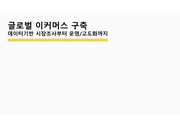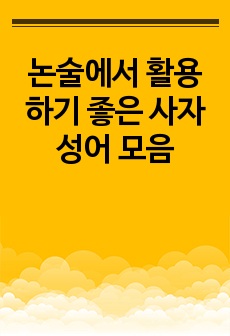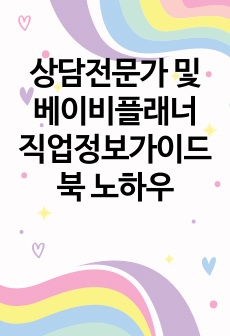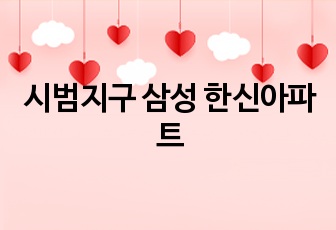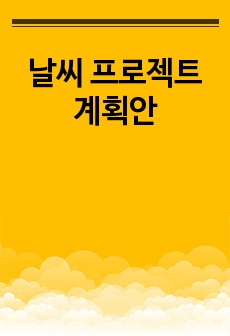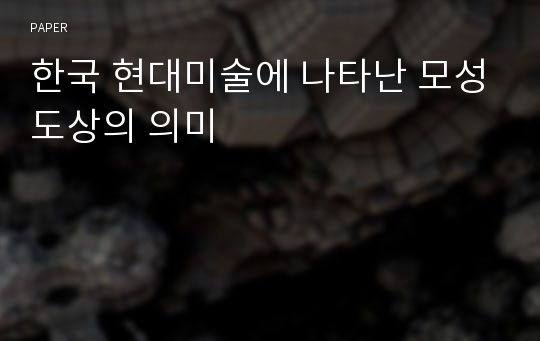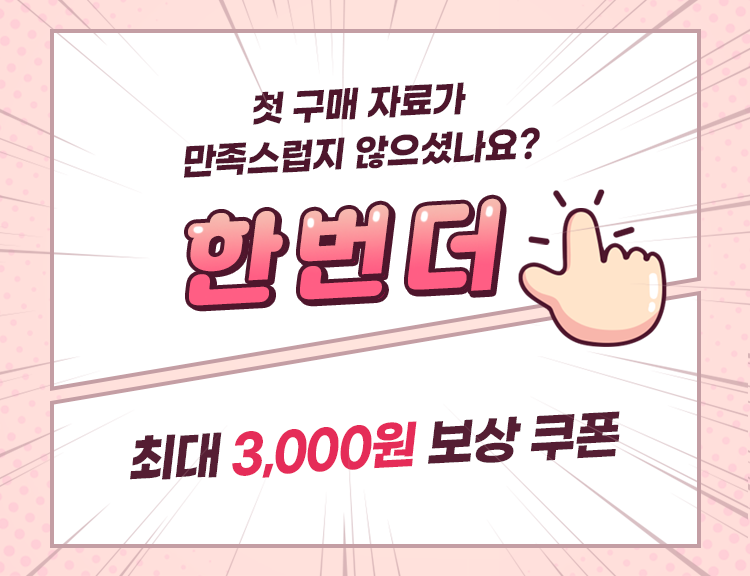* 본 문서는 배포용으로 복사 및 편집이 불가합니다.
서지정보
ㆍ발행기관 : 한국미술연구소
ㆍ수록지정보 : 美術史論壇 / 34권
ㆍ저자명 : 오진경
ㆍ저자명 : 오진경
영어 초록
Since its first appearance on the earth, humanity has struggled to sustain life under harsh and ever-changing natural conditions. It has therefore come to understand motherhood in connection with the principles of nature and the universe, longing for fertility and plenty. Gynocentric pantheism, in which motherhood is believed to oversee the abundance of all life, cultivation and harvest of grains, seasonal cycles, and the relationship between human and nature can be witnessed in every Eastern and Western civilization and mythology. The giant goddesses appearing in the form of immortal grandmothers in the origin myths of ancient Korea, such as the goddesses Magohalmi or Nogohalmi, Seolmundaehalmang, and Gaeyanghalmi, are in fact representations of the Great Mother or the Great Goddess. A belief in a holy Great Mother over time intermingled with folk religion and was preserved in shamanistic and Buddhist paintings in the form of icons combined with images of shamanistic goddesses. The universal biological experience that all humans are born into this world through their mother’s body leads to an interpretation of motherhood connected with Mother Earth.In the modern period, images of mothers breast-feeding a baby were frequent creations. These images can be associated with the concepts of the Great Mother and the Mother Earth in that breast-feeding mothers are providing their offspring with food. However, they also contain more political and institutional meanings. Image of mother and child stating that women holding or breast-feeding baby boys, as depicted in the paintings of the 1930s and the 1940s—the period of Japanese colonial rule in Korea—can be interpreted as an image of a mother who responds to the demands of her times by performing the pious duty of reproducing and nurturing the “first-class citizens” desired by the Japanese empire.
In 1979, the Korean society was plunged into serious turmoil by a series of political events. After then-President Park Chung-Hee was assassinated on October 26, Major General Chun Doo-Hwan staged a military coup d’état to seize power and subsequently declared martial law to repress the civilian protests. Under such circumstances, Korean art circles came to require a new form able to reflect the zeitgeist and social reality, distinct from the modernist forms that pursued art for art’s sake. The works on display include paintings by artists from Hyeonsilgwa Baleon, an art group formed at the end of 1979: Arario by Oh Yoon, and Mother Earth by Shin Hak-Chul. The mother image depicted through such paintings can be interpreted as symbolic of the reformative potential of the people and the intrinsic power of the nation.
While mothers symbolized patriotism and people power in minjung art, the mothers depicted in feminist art, which began in 1986 in Korea, spoke directly about the lives of women in a more specific way: how mothers becamethe subject of double-otherization by the male-dominated society. Yun Suk-Nam presented Even If I Had Ten Hands, a painting depicting a mother who has no time to rest as she has to work and take care of her child at the same time. Yun later addressed the history of women who are referred to as mothers through her Mother series. Kim In-Soon who, along with Yun Suk-Nam, joined in the October Gathering, also played a leading role from the genesis of feminist art in Korea, and manifested the resolute power of motherhood in a more specific and direct way than did Yun. The mother appearing in her Mother of a Laborer does not remain as the source of energy, as do other mothers in works of male artists, where mothers serve to provide energy to men’s productive activities by standing as symbols of country, home, or the vitality of the earth. Mothers in Kim’s works are active independent subjects who boldly take a stand against oppression in order to protect their children. The “Mother Worker” series by Dungji shows the difficult situations of working mothers who can’t simply remain in the private sphere of the home. This series of works vividly represents the conditions faced by working mothers who entered into the public sphere of the workplace but suffer internal conflicts because they were unable to abandon the role of nurturing mothers demanded by tradition.
The mother image related to the biological capacity of women, as represented in works of korean art that we have analyzed thus far, has been passed down from the past to the present in every civilization even though its representation may vary with time, and the legacy will continue in the future. As the patriarchal social order was reinforced in the early modern era, however, the mother image came to imply institutional, in other words, socio-political meaning, seemingly influenced through a series of political events. Meanwhile, contemporary korean artists with feminist perspectives are taking a more reflective approach to the aforementioned traditional or institutional concepts of motherhood in diverse and original ways. These efforts will doubtlessly broaden the limited understanding of motherhood in our society and help it to mature.
참고 자료
없음태그
"美術史論壇"의 다른 논문
 ‘優塡王式 불입상’의 형성·복제 그리고 확산28페이지
‘優塡王式 불입상’의 형성·복제 그리고 확산28페이지 셋슈의 중국회화 인식에 대하여20페이지
셋슈의 중국회화 인식에 대하여20페이지 高麗佛畵의 변죽: 本地, 畵幅, 奉安에 대한 問題31페이지
高麗佛畵의 변죽: 本地, 畵幅, 奉安에 대한 問題31페이지 한국 <郭汾陽行樂圖> 연구38페이지
한국 <郭汾陽行樂圖> 연구38페이지 김홍도 생애의 재구성35페이지
김홍도 생애의 재구성35페이지 초상에 담지 못한 사대부의 삶: 이명기와 김홍도의 <徐直修肖像>26페이지
초상에 담지 못한 사대부의 삶: 이명기와 김홍도의 <徐直修肖像>26페이지 고대 동남아시아의 귀걸이 전통과 그 영향28페이지
고대 동남아시아의 귀걸이 전통과 그 영향28페이지 재조선 일본인 화가 구보타 덴난(久保田天南)과 朝鮮南畵院28페이지
재조선 일본인 화가 구보타 덴난(久保田天南)과 朝鮮南畵院28페이지 김환기의 <종달새 노래할 때>(1935)에서 <항아리와 여인들>(1951)까지24페이지
김환기의 <종달새 노래할 때>(1935)에서 <항아리와 여인들>(1951)까지24페이지 동아시아 무형문화유산 보호제도와 유네스코 협약26페이지
동아시아 무형문화유산 보호제도와 유네스코 협약26페이지











